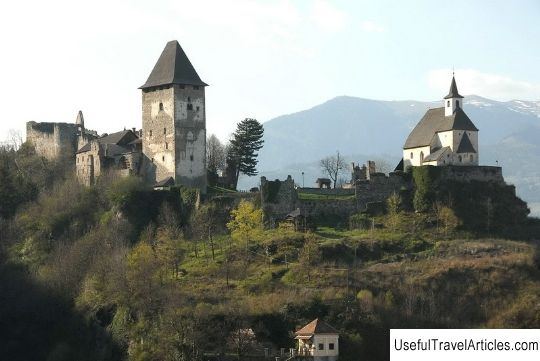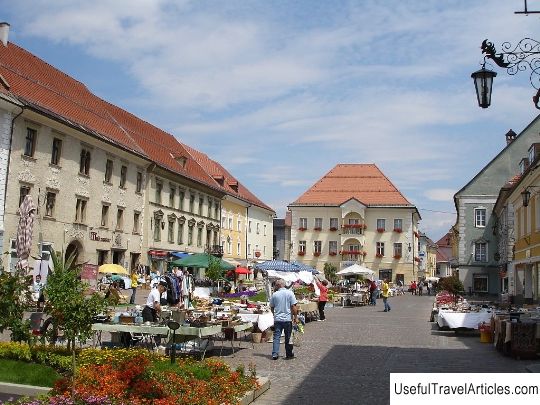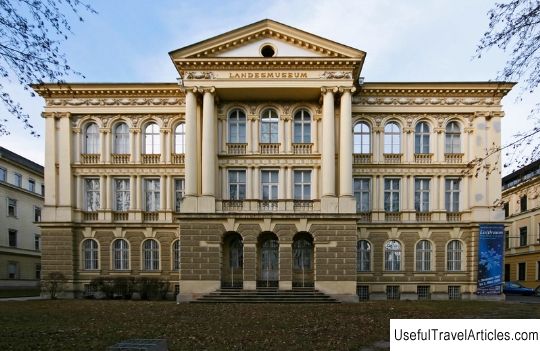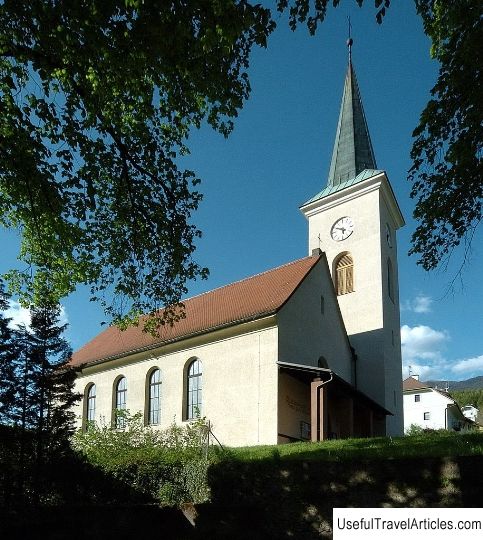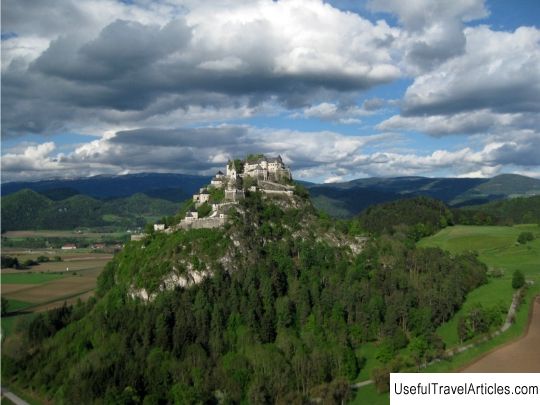Friesach description and photos - Austria: Carinthia
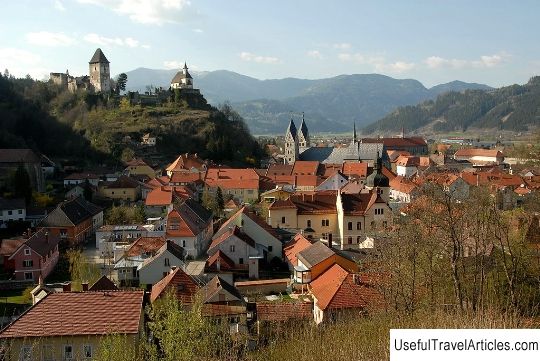
Friesach description and photos - Austria: Carinthia. Detailed information about the attraction. Description, photographs and a map showing the nearest significant objects. The name in English is Friesach. Photo and descriptionFriesach is an Austrian historic city located in St. Veit an der Glan in the federal state of Carinthia. It is known as the oldest city in Carinthia with well-preserved medieval buildings and city fortifications. The city is located in the northern part of Carinthia near the border with Styria, about 40 km north of the capital Klagenfurt. The history of the city began in 860, when King Louis of Germany donated land to Archbishop Adalvin of Salzburg. Approximately 740 Bavarians came to these lands and settled on the territory of the future Friesach. After the formation of the Duchy of Carinthia in 976, Frisach became an important strategic outpost. The Petersberg fortress was built in the city. The constant attacks of Prince Engelbert on the city ended only in 1124. In 1149, King Conrad III stayed at the castle on his way back from the Second Crusade. Richard the Lionheart also stayed in Petersberg in 1192. The fortress remained an important strategic site throughout the Middle Ages and was reinforced by Leonard von Keutsch in 1495. The castle received city privileges in 1215. During the Middle Ages, Frisach was an important trading city on the route from Vienna to Venice. The city flourished, and under Archbishop Eberhard II (1200-1246) Frisach became the most important city in Carinthia. Silver was mined in the city, from which they even minted their own currency, which was widely used in the 12th century in the Austrian and Hungarian lands. Until 1803, the city remained in the possession of the archbishops of Salzburg, but lost its economic importance. At the beginning of the 1890s, all conditions for receiving tourists were created in the city: streets were improved, a swimming pool and tennis courts were built, a bicycle club was created. The main interest for tourists is the city wall 820 meters long, as well as a protective moat and several towers. The main tower of 6 floors has been preserved from Petersberg itself. Other interesting tourist sites include the Church of St. Peter, with a magnificent Gothic altar and a 1200 statue of the Virgin Mary. The church was built in 1525. The Dominican monastery houses a statue of the Virgin Mary from the 14th century, a wooden Crucifixion from 1300 and other ancient religious objects. But the church of St. Bartholomew, built in the 12th century on the site of an even more ancient temple. Fragments of 12th century frescoes have been preserved here.          We also recommend reading Hristo Tsokev Art Gallery description and photos - Bulgaria: Gabrovo Topic: Friesach description and photos - Austria: Carinthia. |
